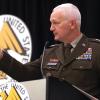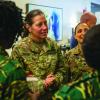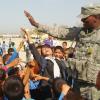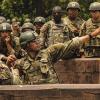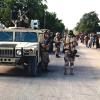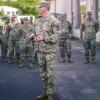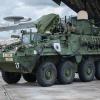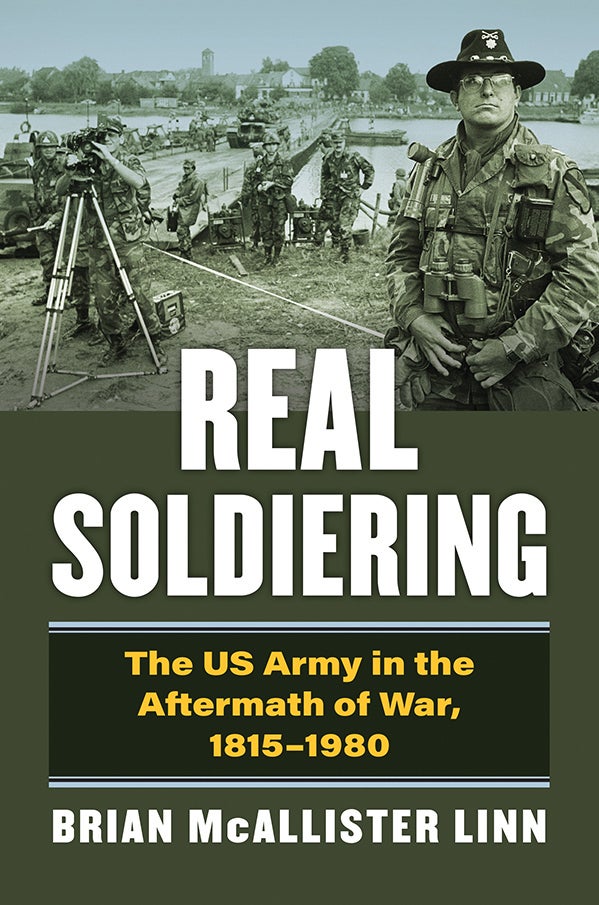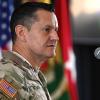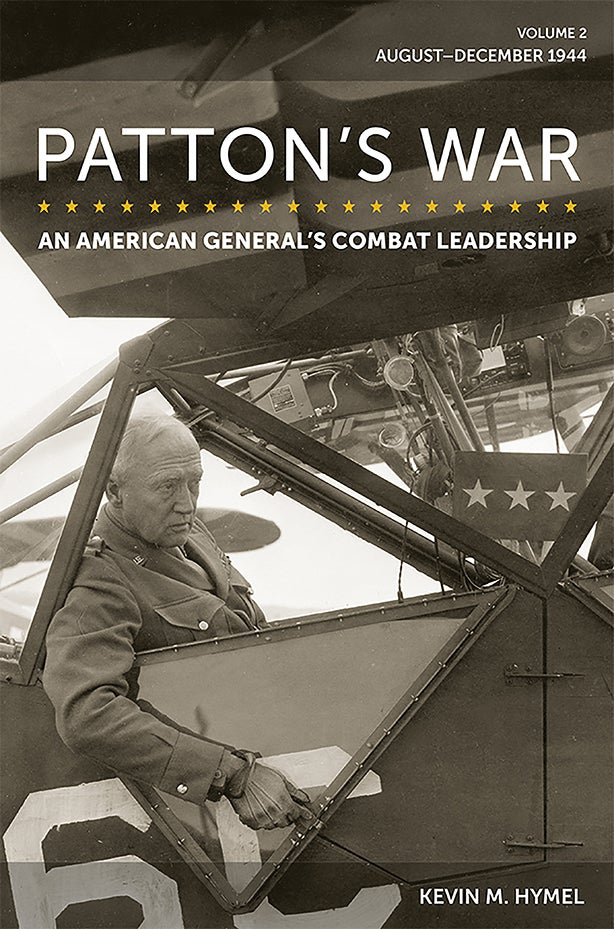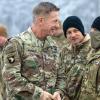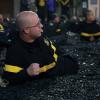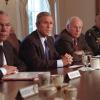After 20 years of war followed by an unprecedented level of activity at home, the Army National Guard is more integrated than ever with the Total Army and ready to support the joint force, said Lt. Gen. Jon Jensen, director of the Army National Guard.
Fighting overseas in Iraq and Afghanistan, then responding to the COVID-19 pandemic and widespread civil unrest during one of the most challenging times in recent U.S. history, the National Guard has become more than a traditional strategic reserve, Jensen said.
The active and reserve components have “come a lot closer, and it’s no longer...


